Université des femmes Ewha (이화여자대학교)
4.7Km 2023-07-05
11-1, Daehyeon-dong, Seodaemun-gu, Seoul-si
+82-2-3277-2114
L'université des femmes Ewha est le plus ancien institut éducatif pour femmes du pays. Il fut fondé par Mary F. Scranton en 1886, une missionaire américaine de l'église épiscopale méthodiste. Le nom de l'école “Ewha” fut donné par l'empereur Gojong (le 26ème roi de la dynastie Joseon, 1863~1907). Les trois vertues promues par l'université sont la vérité, la bonté et la beauté. En 1910, un curriculum de 4 années fut introduit mais en 1943, durant le règne colonial japonais, l'école fut privée de son nom “Ewha” et devint un simple institut avec une durée d'enseignement d'un an. Lorsque la Corée fut libérée en 1945, l'école reprit son nom et devint officiellement Ewha Womans University.
Le quartier de l'université féminine Ewha est un des quartier phare de la ville pour le shopping. Les magasins du quartier vendent des vêtements bon marchés et branchés pour les jeunes. Les restaurants du quartier reflètent le goût des jeunes coréennes, on y trouve de nombreuses chaines de restaurants internationales. Les petites rues du quartier valent également la peine d'être visitées. On y trouve plein de magasins d'accessoires, de petites boutiques de vêtements, de magasins de chaussures, de cafés et de coiffeurs.
OKIN PIZZA (옥인피자)
4.7Km 2021-03-19
26, Ogin-gil, Jongno-gu, Seoul
+82-2-737-9944
This is a Western cuisine located in Jongno, Seoul. The best menu at this restaurant is pizza. You can eat delicious pizza at hanok, a Korean traditional house.
Seomsonyeon (섬소년)
4.7Km 2021-03-23
12, World Cup buk-ro, 6-gil, Mapo-gu, Seoul
+82-2-333-9286
It is a place to cook using wild seafood directly obtained from the East Coast. This Korean dishes restaurant is located in Mapo-gu, Seoul. The representative menu is spicy pollack stew.
Daesungjip (대성집)
4.8Km 2021-03-27
5, Sajik-ro, Jongno-gu, Seoul
+82-2-735-4259
Daejungjip has specialized in Dogani tang (ox knee joint soup) for 60 years. Customers can feel a simple and familiar ambience at the restaurant.
Manjok Ohyang Jokbal Hongik Univ.(만족오향족발 홍대)
4.8Km 2020-11-25
191 Donggyo-ro Mapo-gu Seoul
+82-2-323-1233
This is a place that sells Jokbal (pig’s feet) with good taste and aroma. The best menu at this restaurant is five-spice pigs' feet. This Korean dishes restaurant is located in Mapo-gu, Seoul.
Jin Jin (진진)
4.8Km 2017-02-16
123, Jandari-ro, Mapo-gu, Seoul
Jin Jin is a traditional Chinese cuisine restaurant operated by Chef Wang Yuk Sung, an expert in Chinese culinary arts for 40 years. Jin Jin originally began with the chef's passion to spread the taste of traditional Chinese cuisine to the public and train other chefs. Located in Seogyo-dong, Jin Jin offers menus at reasonable prices.
Temple Jingwansa à Séoul (진관사(서울))
4.8Km 2020-05-27
73, Jingwan-gil, Eunpyeong-gu, Seoul-si
+82-2-359-8410
Le temple Jingwansa, situé à l’ouest de Séoul, est l’un des quatre temples majeurs à Séoul et ses environs avec les temples de Bulamsa, Sammaksa et Seunggasa situés respectivement à l’est, au sud et au nord. Le temple était dédié au précepteur Jingwan en 1010 avant JC par le roi Hyeonjong, le 8eme roi de la dynastie Goryeo.
Pendant la dynastie Joseon, le roi Sejong a construit une librairie à Jingwansa pour que les savants confuséens puissent s’y rendre et y lire. Le temple a été réduit en cendres durant la Guerre de Corée, mais depuis que le précepteur Jingwan gérait en tant que prêtre en chef en 1963, les bâtiments du temple ont été restaurés et renouvelés durant ces 30 dernières années pour arriver à cette condition actuelle.
Le temple est composé de Daeungjeon (hall de Sakyamuni), Myeongbujeon (hall du jugement), Nahanjeon, Chilseonggak, Nagawon, Hongjeru, Dongjeonggak, Dongbyeoldang, Yosache et d’autres. Daeungjeon, la pièce centrale du temple abrite le Dieu Sakyamuni (la principale statue de Bouddha) ainsi que Mireukbosal et Jehwagalhwabosal de chaque côté. Myeongbujeon est dédié à Jijangbosal, Domyeongjonja, mudokgwiwang et Sipdae daewang alors que à Nahanjeon, les Dieux Sakyamuni, Mireukbosal, Jehwagalla bosal et Simnyungnahansang sont scéllés.
Le temple n’est pas seulement entouré du magnifique environnement du parc national Bukhansan, mais il contient également une impressionnante collection de propriétés culturelles et historiques. Il fournit également un endroit paisible et calme que les urbains pourront apprécier tout en partageant les apprentissages de Bouddha.
Food & Culture Academy (푸드앤컬쳐 아카데미)
4.8Km 2018-03-29
116, Pirundae-ro, Jongno-gu, Seoul
Food & Culture Korea propose des cours de cuisine coréenne et des programmes d’activités culturelles culinaires pour les visiteurs étrangers depuis 2002. Les cours se font en anglais et en japonais. Les participants apprennent à confectionner de nombreux plats coréens, parmi lesquels le kimchi, le bulgogi, le tteokbokki ou le bibimbap d’une manière systématique, simple et amusante.
NUHADANG [Korea Quality] / 누하당 [한국관광 품질인증]
4.8Km 2020-09-10
49-7, Pirundae-ro, Jongno-gu, Seoul
010-9692-1330
Guesthouse Nuha is a ‘hanok’ or traditional Korean house consisting of four guestrooms located in Nuha-dong, Seochon (west of Gyeongbokgung Palace, Jongno, Seoul) where many Confucian scholars and artists lived during the Joseon Dynasty.
Exuding a refined atmosphere, Guesthouse Nuha is very popular among not only domestic visitors but also foreign tourists who want to experience the flavor of Korea in a cozy hanok. All four guestrooms (An-bang, Sarang-bang, Geul-bang, and Byeol-dang) are covered with eco-friendly hanji (traditional Korean paper handmade from mulberry tree) wallpaper, and are equipped with a thick cotton-wool comforter and pillows imbued with the scent of Hinoki cypress tree to help guests relieve their fatigue.
Breakfast is served free of charge. Guests can also experience traditional Korean culture here, such as playing a Korean musical instrument (janggu or double-headed drum), playing a game of yut in the yard, or wearing hanbok (traditional Korean clothes). Although a local bus service passes through the village, it is highly recommended to take a quiet leisurely around the area.
Nuwa [Korea Quality] / 누와 [한국관광 품질인증/Korea Quality]
4.8Km 2021-03-29
3-1, Pirundae-ro 5na-gil, Jongno-gu, Seoul
This hanok (traditional Korean house) is located deep in the Seochon Village, west of Seoul’s Gyeongbokgung Palace. Its tasteful renovation of a small 33 m2 hanok made it highly popular among the younger guests. The courtyard has a low maple tree and tastefully arranged stones, while the hanok is capable of accommodating up to 2 persons.
This L-shaped hanok has a full window wall facing the living room, which is furnished with a low walnut table and a bathtub. Visitors can enjoy premium tea at the table. The bathtub, which is connected to the table at one end, can be used mainly for a foot bath with bath salts that assist circulation. There is also a restroom in the building.
Nuwa’s bedroom has a circular window, much like the full moon, with a view of the garden and the fringes of the Inwangsan Mountain.
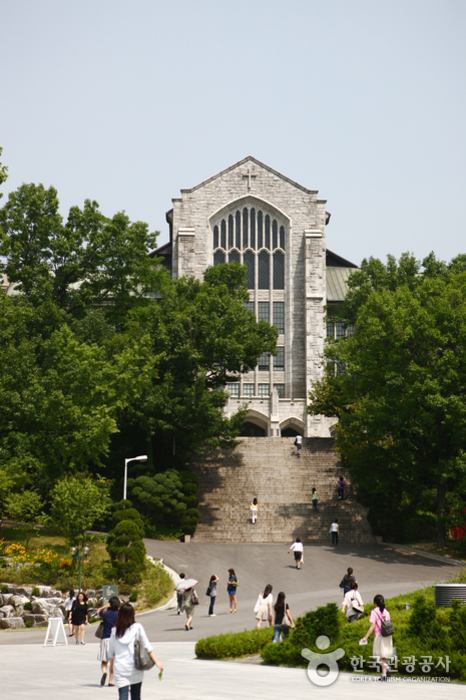

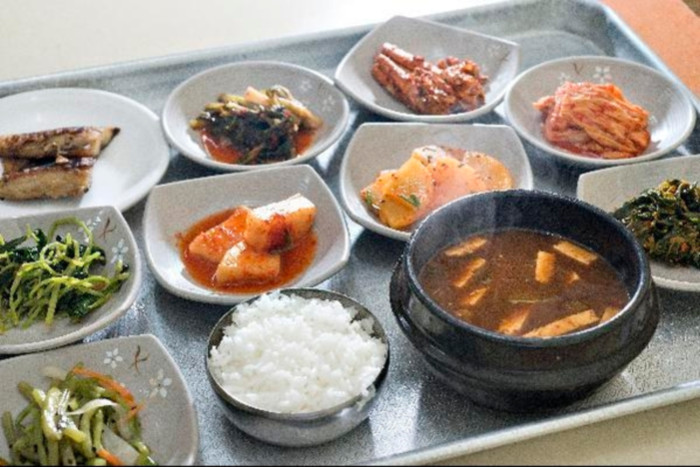
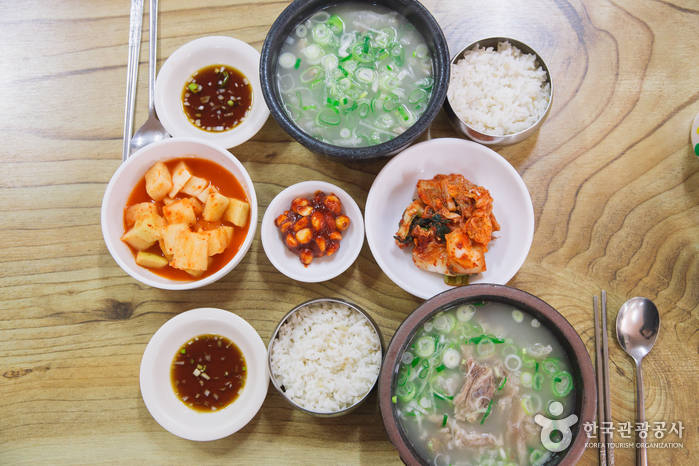
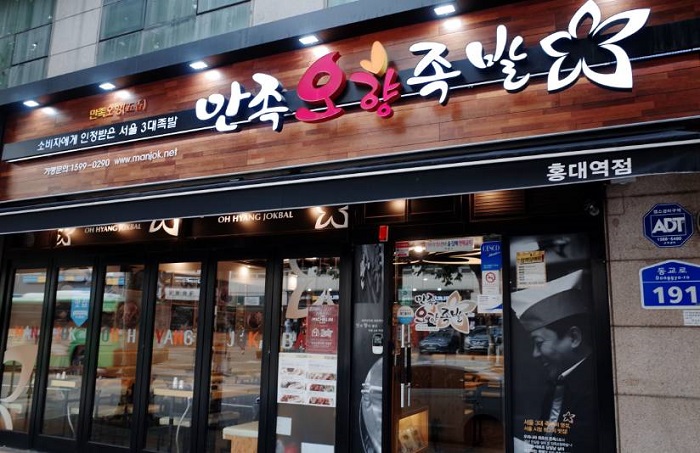
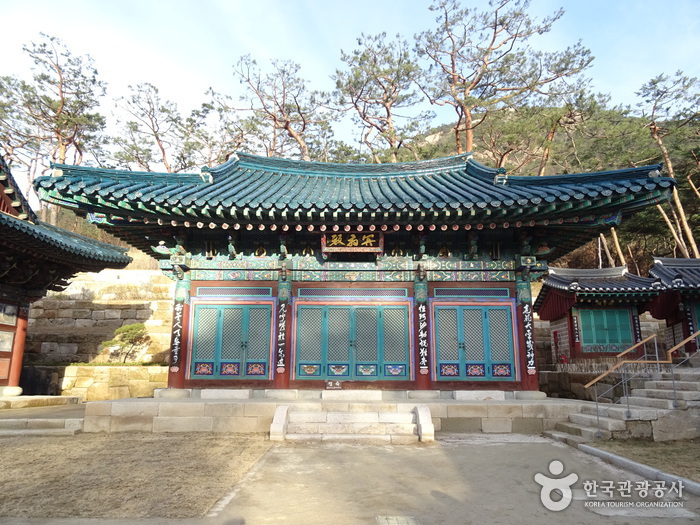
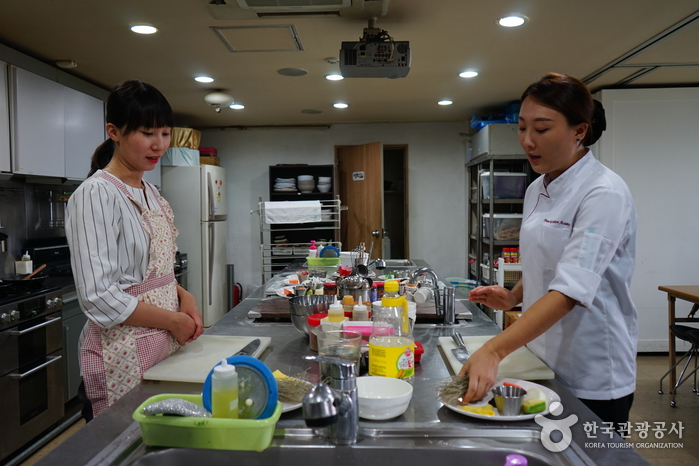
![NUHADANG [Korea Quality] / 누하당 [한국관광 품질인증]](http://tong.visitkorea.or.kr/cms/resource/58/2532358_image2_1.jpg)
![Nuwa [Korea Quality] / 누와 [한국관광 품질인증/Korea Quality]](http://tong.visitkorea.or.kr/cms/resource/07/2707607_image2_1.jpg)
 Français
Français
 한국어
한국어 English
English 日本語
日本語 中文(简体)
中文(简体) Deutsch
Deutsch Español
Español Русский
Русский